Beauty and the Beast turns 30: Disney’s systemic exclusion of the disenfranchised
One of Disney’s earliest heroines, Belle, from Beauty and the Beast, is an epitome of servitude and lack of agency.
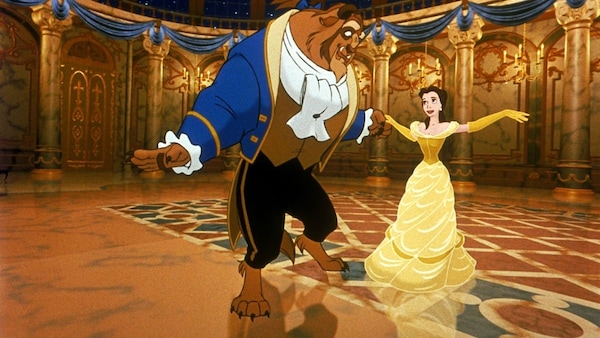
Last Updated: 02.00 PM, Nov 30, 2021
Disney’s first Beauty and the Beast film (1991) was everything enchanting. The story of the mammoth, dangerous non-human and the petite, polite Belle (Paige O'Hara), was too alluring to ignore. So, as the production house delved into yet another fascinating narrative to enchant its young audiences, Belle and the Beast became its new narrative mouthpieces.
Historically, Walt Disney’s stable has been the subject of multiple problematic conversations and narratives that have bolstered unbecoming stereotypes through the ages. In Beauty and the Beast, for example, Belle is hardly ever able to disassociate herself from the position of a victim or survivor of abuse. Through the film’s runtime, it’s obvious that both Gaston (Richard White) and the Beast (Robby Benson) are her perpetrators. In fact, her body language with the Beast is rife with subservience, domestication, and a general sense of acceptance to the more powerful and agency-driven Beast.
The power dynamics in Beauty and the Beast lie at the crux of the film’s narrative. The main storyline revolves around how the Beast forcefully keeps Belle in captivity, secretly hoping she’d be able to break his curse of lifetime servitude (to the sub-human form) by naturally falling in love with him. Not only is the bizarre concept never questioned, but the film’s secondary characters also function as enablers to christen this odd union. Belle’s inadvertent role as an object of both Gaston and the Beast’s desires is not remotely romantic. Both men (who oozes hypermasculine alpha characteristics) need to entirely possess her – one for personal gain, while the other, to increase his social cred.
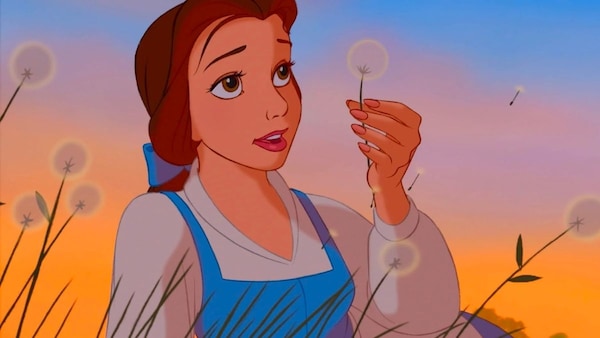
Beauty and the Beast packages Belle’s Stockholm syndrome into something romantic and desirable. At every given juncture, she is subject to acute harshness and unfair treatment. Her simpleton father Maurice (Rex Everhart), her desperate, unrelenting suitor Gaston, and an overbearing lover Beast – her destiny and actions, are all helmed by the actions of the males surrounding her.
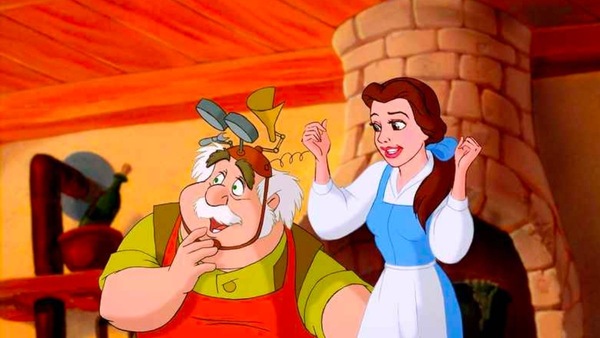
The fact that Belle ‘humanises’ the beast by tempering his uncouth ways also panders to the concept of lending the feminine touch to an otherwise unkempt and dishevelled man’s world. Her ability to domesticate is marked as her USP, instead of her words, actions, or opinions.
Her brief ‘rebellion’ to the Beast (a cursed prince) is met with extreme reactions of forceful participation and display of male supremacy (he huffed and puffed till she was forced to join him at the table for dinner). The narrative’s blithe sidestepping on issues like consent and female agency makes it one of Disney’s snazziest displays on their catalogue of regressive films.
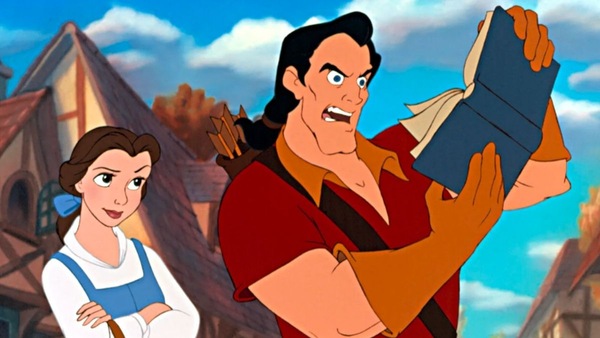
While Gaston’s intrusive pursuit of Belle mostly involves coercion and physical domination, the Beast’s ultimate goal is to emotionally overpower her and force her to ‘fall in love.’ Gaston, a makeshift Adonis to his townspeople, proclaims that he intends on procuring a “little wife” who would cook, clean and rear children, while taking care of the house pets.
For her interactions with the Beast as well, Belle faces acute mansplaining. He seemingly makes an unconditional move by allowing her to return to her ailing father and choosing to instead be immured in his beast form for eternity. Yet, the heart-wrenching howl that the Beast lets out, when Belle leaves the palace premises, is a clear indication of guilt induction.
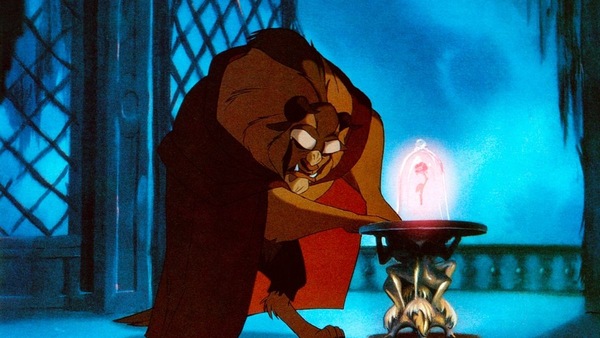
Belle’s proverbial innocence with regards to the Beast’s curse is crucial in ensuring that she should fall in love organically. But what Beauty and the Beast is unable to veil, is a systematic brainwashing of its female protagonist into taking a particular decision (in this case, choose Beast as her romantic partner).
Disney films have historically immortalised ingrained gender mores. The film’s targeted demography ensured that the plotline resonated with juvenility and innocence. However, Disney’s unsubtle marketing of films promoting social injustices and gender discrepancies has been an oft-criticised move. More importantly, the production house’s stance to perpetuate Beauty and Beast’s brand by selling the film’s merchandise, was clearly a masterclass in emboldening contemptuous and tumultuous romantic relationships. The fact that young minds have indulged in years of such systemic conditioning proves considerably harmful.
Watch the movie here

